Yes, it’s summer. Yes, this was hot soup. May not be appealing to some, but it was a somewhat cooler evening and I was tired of the usual braised, broiled, steamed or grilled salmon. I had zucchini and a sweet potato, so I improvised with everything else.
Cooking for one can definitely be a challenge. And most often I prefer to make something that will give me at least 2 dinners before I’m tired of it. I simply cannot make any more large quantity things that are frozen in smaller portions, as my freezer is full of them. Recently I made a chicken curry dish that I just love-love, and froze it in about 8 different sizes of ziploc bags. But that’s one that I crave quite frequently, so I agreed with my reasoning to make a big batch. I’m doing my level best to NOT buy more meat since I have a freezer full of meat in my garage.
This day, I’d defrosted a lovely salmon fillet but hadn’t decided what to do with it. Searching through my to-try file I ran across this recipe, from Food 52. It was a “community pick.” I don’t know exactly what that means in their vernacular, but the write-up about it – it’s Brazilian fish stew – sounded intriguing. I didn’t exactly follow the recipe to the letter – as I mentioned above – I needed to improvise a bit. But I had the salmon, sweet potato, zucchini, part of a hot pepper, onion, a red and yellow bell pepper, garlic, coconut milk, canned tomatoes, cilantro and some fish stock. And fresh limes.
First you marinate the salmon (I cut it up into bite-sized pieces) in lime juice, EVOO, and salt. But only for 30-60 minutes (otherwise the lime juice would start to make ceviche!). That is set aside while you prep the other ingredients. That part didn’t take long. In a big skillet (with lid to use later) you start by sautéing the sweet potato in a bit of oil. As it takes on some caramelization, stir it around to cook it on all sides. I just stirred it several times – I was far too lazy to try to turn each little piece of potato. Perhaps my method of cooking this isn’t exactly true to the original recipe (or to the traditional Brazilian method) but because of some of my ingredients I had to improvise. I added the raw, chopped and sliced onion, and let the two items cook a bit. Then I added the garlic, tomatoes, some of the coconut milk, some fish stock. I covered the pan for about 5 minutes to let the potatoes cook. I had some already cooked zucchini and some cooked pasilla pepper (instead of the jalapeno or serrano), so that was added in at the end, but if you’re using fresh zucchini, add it in during this part so it steam-cooks. I used about half a can of chopped tomatoes, and had intended to use about half the can of coconut milk. Then I added in the marinated salmon and simply let those pieces sit on top of the stew. On the lid went and I allowed it to simmer for about 5 minutes. Into a bowl it went with some fresh minced cilantro on top and my dinner was done.
Afterwards, I realized that I had more than enough for another meal, so I added in the remaining coconut milk. I’ll save the remaining tomatoes for something else, because I thought it would make this too tomatoey. It will be heavy with the veggies and creamy broth rather than salmon, but there’s enough for another soup meal for me. I remember what the Food52 test kitchen person had mentioned, that they couldn’t wait to tell people they had to make this because it was SO flavorful. And yes, it really is. You might not think so because of the rather ordinary ingredients. It all comes together somehow. These Brazilians are onto something!
What’s GOOD: the whole bowl of soup was unctuous. That’s the best word I can come up with. Every bite was delicious – I particularly liked the sweet potato – just barely cooked through with a bit of form to it still. You don’t want to over cook the sweet potato. The coconut milk – well – I think it probably is the star of the dish, but you don’t realize it – it just provides a silkiness to the creamy brothy part. Altogether delicious, and I’d definitely make this again.
What’s NOT: not a single, solitary thing. This is a keeper. And it’s VERY easy.
Files: MasterCook 5+ and MasterCook 14 (click on link to open recipe in MC)
* Exported from MasterCook *
Salmon Moqueca
Recipe By: Adapted from Food 52, winner of “Community” Contest
Serving Size: 3
FISH & MARINADE:
1/2 pound salmon fillets — wild
1 tablespoon lime juice
1/4 teaspoon sea salt
1 tablespoon olive oil
STEW:
1 tablespoon olive oil
1 small sweet potato — peeled and diced
1/2 cup onion — peeled and roughly chopped
2 whole zucchini — chopped
1/2 cup canned tomatoes — undrained
1/2 cup green pepper — chopped (I didn’t use this, so it’s optional}
1/2 cup red bell pepper — chopped (I used red & yellow)
1 large garlic clove — minced
1/2 cup poblano chile — chopped, seeds removed
1/2 cup fish stock — or water
1/4 cup cilantro — chopped
12 ounces light coconut milk
2 tablespoons minced green onion — (bottom parts only) – for garnish
1/8 cup cilantro — chopped – for garnish
Sriracha sauce to taste
NOTES: If you don’t have a pasilla/poblano chile, you may use a jalapeno (half) or a small amount of serrano.
1. Place fish in a shallow non-reactive (non-metal) bowl. Add lime juice, salt and olive oil and set aside, in refrigerator for 30 minutes to an hour (no longer or it will start to cook the fish).
2. Heat olive oil in a large skillet over medium heat. Add diced sweet potato and cook for 10-15 minutes, adding a little water if needed so it doesn’t burn, until softened. Add zucchini, tomatoes, garlic, onion, green and red pepper and continue to cook until tender, about 5-7 minutes, again adding water to the pan, if needed. Add water or fish stock and stir in coconut milk. Bring to a boil, reduce heat, and simmer 2 to 3 minutes or until the sweet potato and vegetables are just cooked through.
3. Add fish and marinade and stir very gently. Put lid on pan and simmer over very low heat for 5-10 minutes, or until fish flakes easily with a fork. Just before serving, stir in green onion and cilantro and garnish with more cilantro on top. Serve alone or over rice and pass Sriracha sauce for adding at the table.
Per Serving: 369 Calories; 19g Fat (45.2% calories from fat); 21g Protein; 31g Carbohydrate; 6g Dietary Fiber; 42mg Cholesterol; 356mg Sodium.





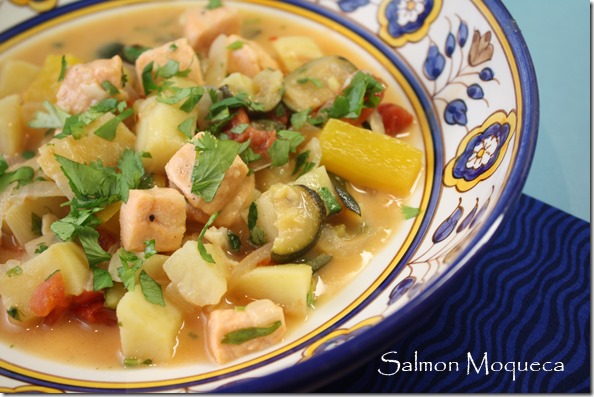

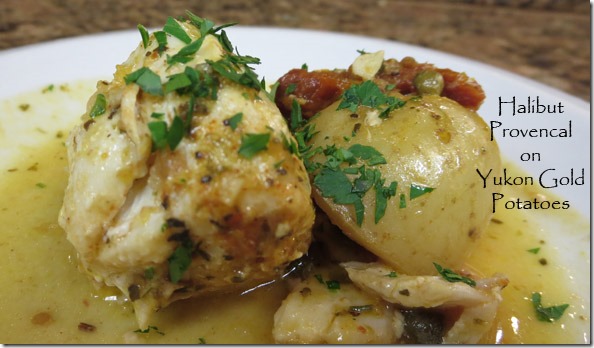
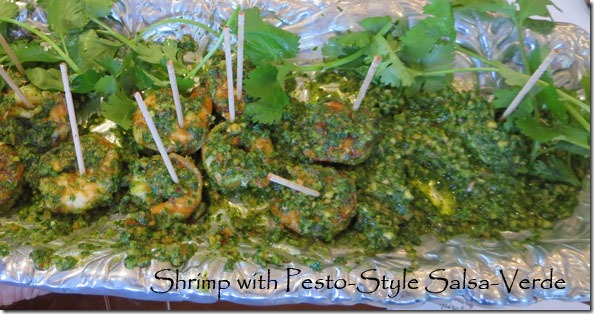
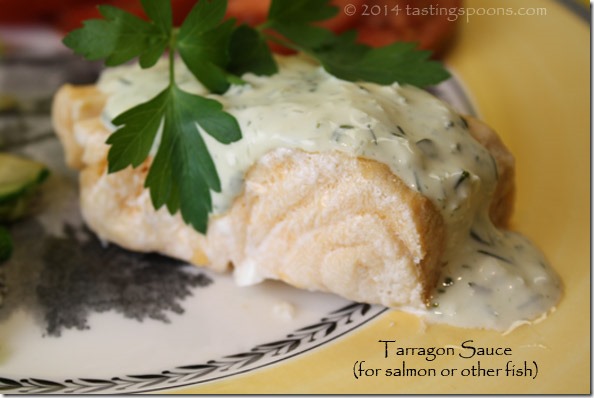
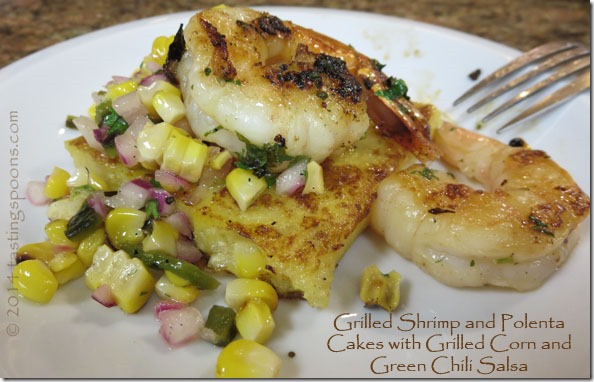
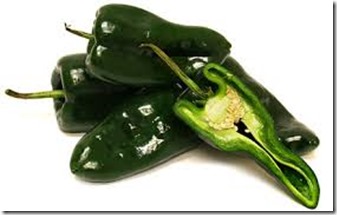
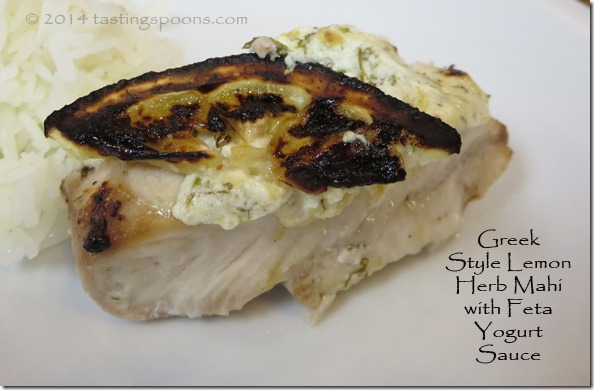
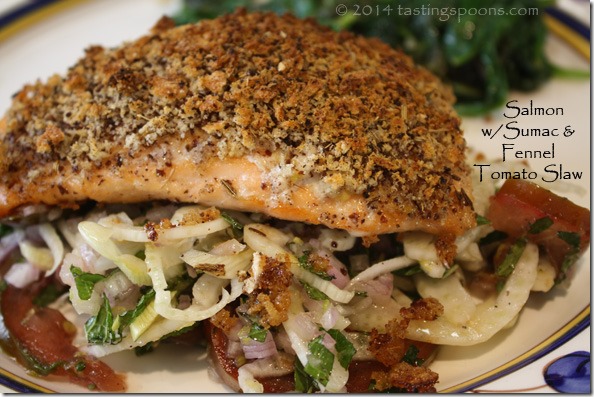
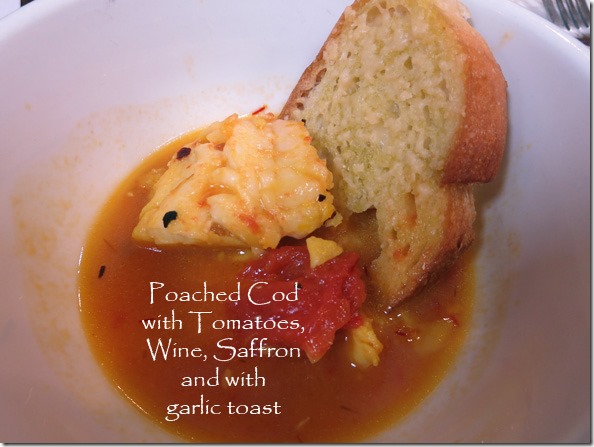
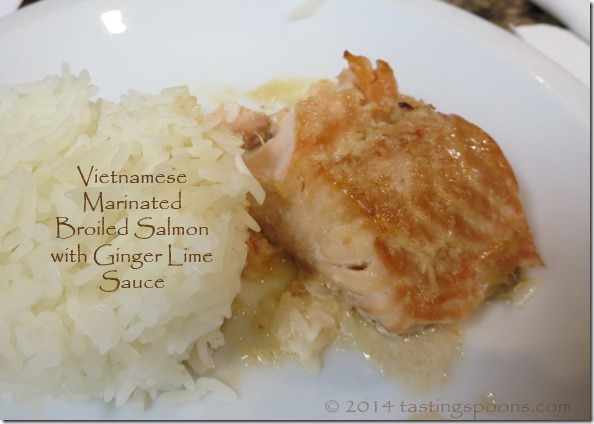
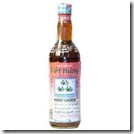
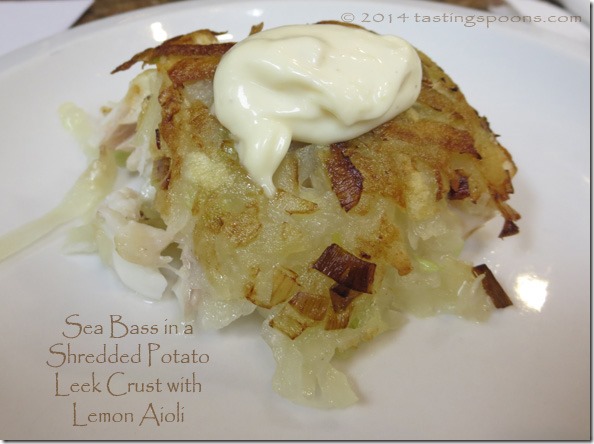
Leave a Comment!